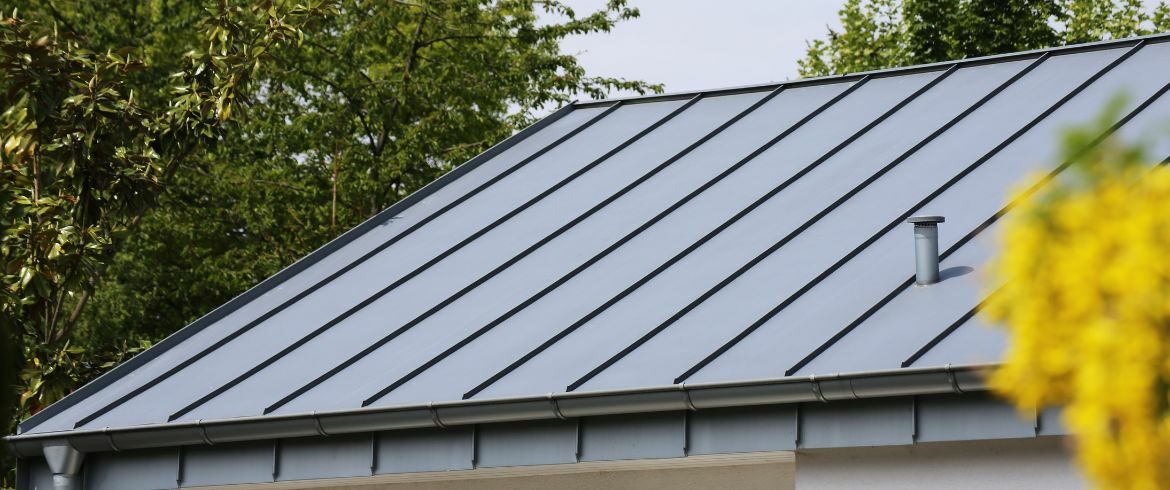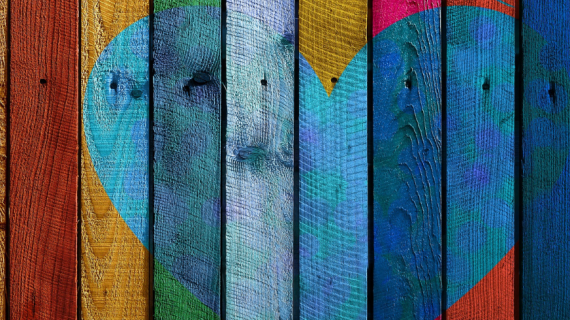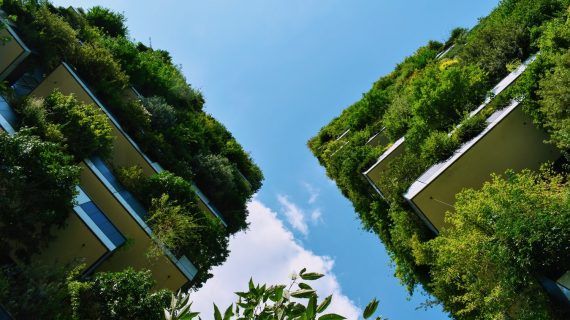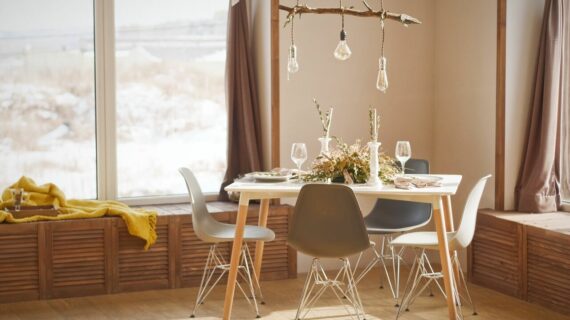In recent years, the conversation around eco-friendly building materials has grown significantly. Amidst this discussion, many homeowners and builders are considering whether metal roofs are an environmentally sustainable option. Metal roofs are indeed eco-friendly, offering several benefits that align with green building practices.
One of the key attributes of metal roofing is its longevity. It often outlasts traditional roofing materials by decades, reducing the need for frequent replacements. This durability means fewer resources are consumed over time, lessening the environmental impact.
Additionally, metal roofs are highly recyclable. Most metal roofs are made from recycled materials and, at the end of their lifespan, can be recycled again. This ability to recycle and repurpose the materials minimizes waste, contributing to a more sustainable roofing solution.
Benefits of Metal Roofing
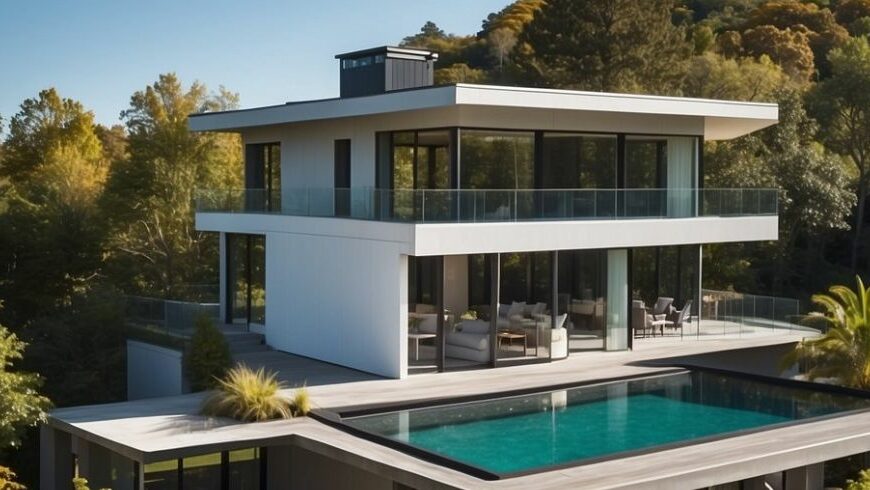
Metal roofs offer a range of advantages, including exceptional durability, energy efficiency, and positive environmental impacts. These benefits make metal roofing an appealing option for both residential and commercial properties.
Durability and Longevity
Metal roofs are renowned for their strength and long lifespan. They can withstand harsh weather conditions including heavy snow, strong winds, and hail. Unlike asphalt shingles, metal roofing does not rot, crack, or warp.
With proper maintenance, metal roofs can last 40 to 70 years or more. A roof repair company with a good reputation can help ensure that the roof remains in optimal condition. This longevity often means fewer repairs and replacements, leading to lower long-term costs.
Energy Efficiency
Metal roofing is highly energy-efficient, offering significant savings on heating and cooling costs. Its reflective surface reduces heat absorption, keeping buildings cooler in the summer.
Many metal roofs have special coatings that enhance the roof’s reflective properties. These coatings can increase energy efficiency by reflecting UV rays. Reduced energy consumption translates to lower utility bills and a smaller carbon footprint, which is a key consideration for environmentally-conscious consumers.
Recyclability and Environmental Impact
Metal roofs are fully recyclable at the end of their lifespan. This means that old metal roofing materials do not end up in landfills, unlike other roofing options. They are often made from a high percentage of recycled materials, further minimizing their environmental impact.
Opting for metal roofing supports sustainable practices in construction and waste reduction. Environmentally-friendly choices include selecting a roof repair company with a good reputation for sustainable practices, ensuring environmentally-conscious maintenance and replacement.
Materials and Production
Metal roofs are valued for their durability and environmental benefits. This section outlines the types of metals commonly used and the processes involved in their production.
Types of Metals Used
Several types of metals can be used for roofing, each with unique properties. Aluminum is lightweight, resistant to rust, and can be easily recycled. Copper offers a long lifespan and develops a patina over time, enhancing its aesthetic. Steel is widely used due to its strength and cost-effectiveness; it often comes coated with zinc or aluminum to prevent corrosion.
Zinc is another option known for its self-healing properties, where minor scratches can self-repair over time. Each metal type offers different advantages, making them suitable for various climates and architectural styles. The choice of metal impacts aspects such as longevity, maintenance, and energy efficiency of the roof.
Production Process
The production process of metal roofing begins with raw material extraction. Mining of metals like aluminum and copper requires significant energy, although recycling metal greatly reduces the environmental impact. Once extracted, metals undergo refining and smelting to remove impurities. This process transforms raw ore into usable metal sheets or coils.
After refining, metals are rolled into thin sheets that can be formed into various roofing styles, including shingles or panels. During the rolling process, coatings such as galvanization are applied to enhance durability and resistance to weathering. Many manufacturers use sustainable practices, like reducing emissions and recycling water, to minimize environmental footprint.
Combining advanced techniques and eco-friendly practices in production ensures that metal roofs contribute positively to sustainable building.
Installation and Maintenance
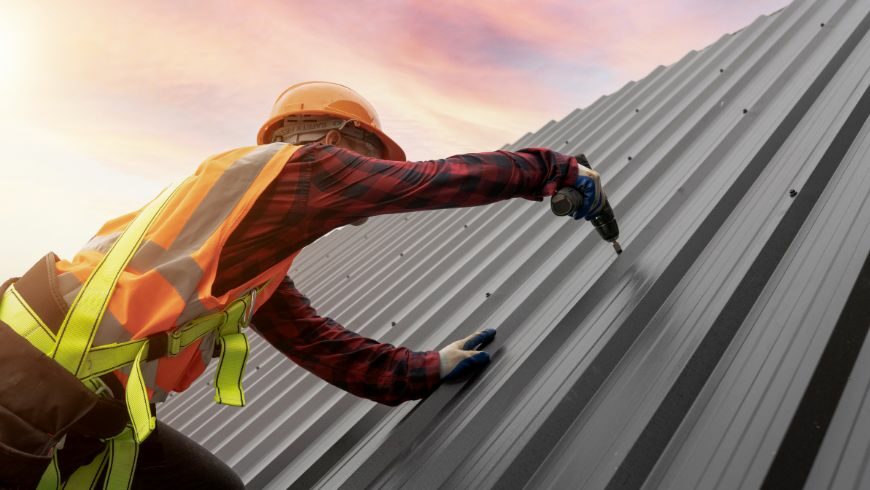
Proper installation coupled with routine maintenance ensures longevity and efficiency of metal roofs. Techniques used and regular upkeep play a crucial role in optimizing the roof’s performance.
Proper Installation Techniques
Correct installation requires professional expertise to avoid potential issues such as leaks or reduced durability. A reputable roof repair company can ensure all fasteners are securely placed, seams are properly sealed, and panels are accurately aligned.
Key Techniques:
- Precision Cutting: Ensures panels fit perfectly, reducing waste.
- Seam Sealing: Prevents water infiltration.
- Adequate Fastening: Enhances structural integrity and wind resistance.
Implementing these techniques mitigates long-term problems and optimizes the roof’s performance.
Maintenance Requirements
Metal roofs need minimal maintenance, yet certain tasks must be done to sustain their longevity. Regular inspections help detect minor issues before they escalate.
Maintenance Tips:
- Periodic Cleaning: Removes debris that can cause scratches or corrosion.
- Rust Checks: Identifies and treats early signs of rust.
- Sealant Inspection: Ensures all seams and fasteners remain watertight.
Engaging with a roof repair company with a good reputation for annual inspections can assist in maintaining the roof’s condition, reducing costly repairs.
Cost Considerations
When evaluating metal roofs, both the initial investment and the long-term life-cycle costs play critical roles. These factors will influence the overall effectiveness and value of choosing a metal roof.
Initial Investment
Metal roofs typically require a higher upfront investment compared to traditional roofing materials. The costs vary depending on the type of metal used—such as aluminum, steel, or copper—as well as thickness and style. Aluminum and steel are more affordable options, while copper can be significantly more expensive.
Labor costs can also be higher due to the specialized skills needed for installation. The complexity of a roof’s design can further impact the initial expense. Simple, flat roofs may be less costly to install than intricate designs with multiple slopes and valleys.
Despite the higher initial costs, metal roofs offer potential savings on energy bills. Their reflective properties can lower cooling costs, which can be a deciding factor for some homeowners.
Life-Cycle Cost Analysis
The long-term financial benefits of metal roofs often outweigh the initial expenses. Metal roofs typically last 40-70 years, compared to 20-30 years for asphalt shingles. This extended lifespan means fewer replacements and less frequent maintenance.
Durability and low maintenance are key attributes that contribute to the long-term savings. Metal roofs are resistant to fire, mildew, and pests, reducing the likelihood of unexpected repair costs.
Energy efficiency is another factor contributing to life-cycle savings. The reflective surface of metal roofs can lower cooling costs by as much as 10-25%. These energy savings add up over time, providing a return on the initial investment.
Resale value can also be positively affected. Homes with metal roofs tend to have higher market values, making them attractive to potential buyers. This can result in a better price if the property is sold. Fixing and repainting costs are generally lower, adding to the overall value proposition of metal roofing.
